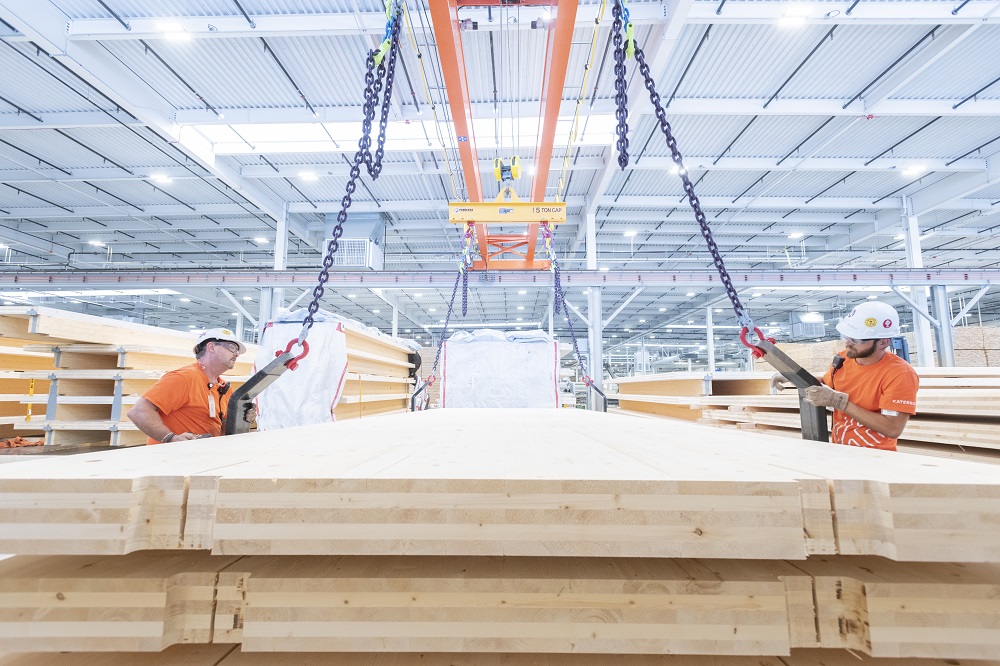A recent study by Booz Allen Hamilton, prepared for the US Green Building Council, examined the overall impact of green building in 2015 and its projected impacts on the construction industry in future years. Its overall findings concluded that green building is growing at a pace much faster than conventional building and even predicts that it will account for one-third of all building in 2018, only a short 3 years away.
According to the report, titled 2015 Green Building Economic Impact Study, approximately 134.3 billion in labor income is due to the green construction industry in the United States, which equates to over 2 million jobs. By 2018, the study predicts those numbers will jump to $190.3 billion in earnings and over 3.3 million jobs.
"Our research shows that green building has created millions of jobs and contributed hundreds of billions of dollars to the U.S. economy, with the construction of LEED-certified buildings accounting for about 40 percent of green construction's overall contribution to GDP in 2015," said David Erne, a Senior Associate at Booz Allen. "This industry is certainly on the rise, and aggressive growth in the green building sector is anticipated over the next four years."
Among the states the study believes to have the largest effect on the increase in green construction from 2015-2018 are Texas ($107.13 billion), California ($91.22 billion), Florida ($76.23 billion), New York (48.97 billion), and North Carolina ($39.26 billion). Perhaps most importantly, the study estimates that green and LEED construction projects combined will generate $3.6 billion in energy savings, $153.4 million in trash savings, $405 million in water savings, and $2.2 billion in maintenance savings.
2015 Green Building Economic Impact Study | US Green Building Council
Infographic below courtesy of USGBC












Like most of the other electric machines that have been announced previously, Volvo promises that this midsized, 14 metric ton excavator will have the same performance as a similarly sized diesel version. The X03 is currently in the concept stage, so Volvo does not have immediate plans to bring it to market, but it shows the possibilities that electronics on heavy machinery can allow for.